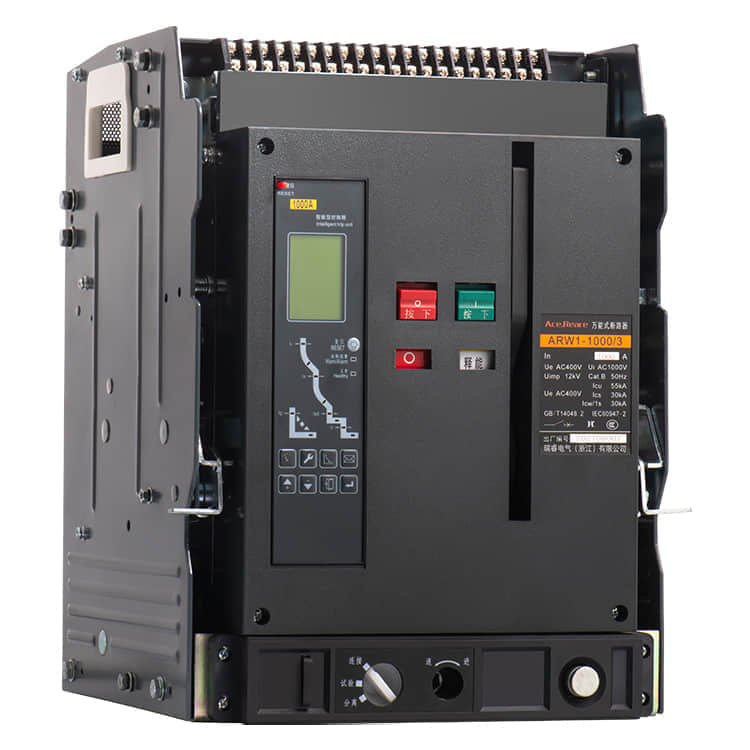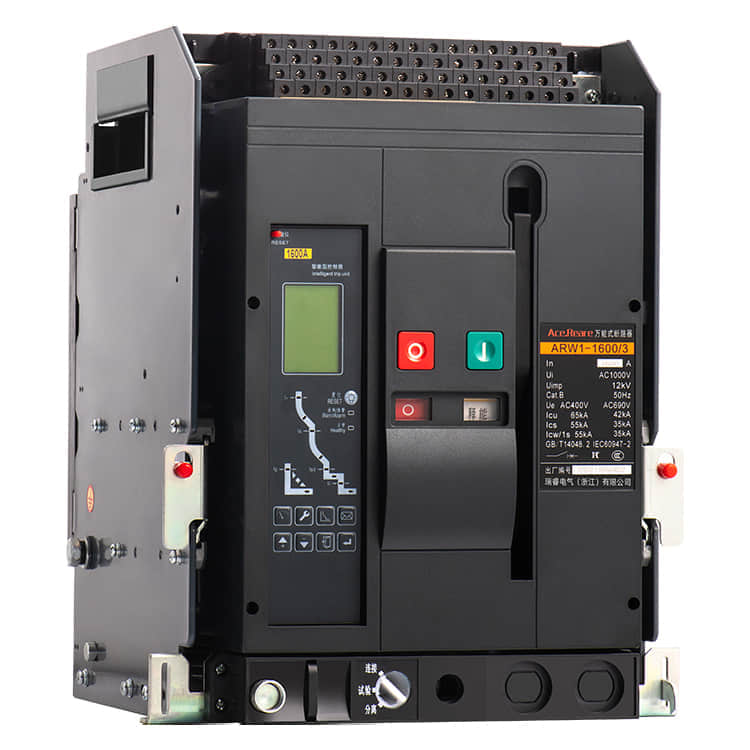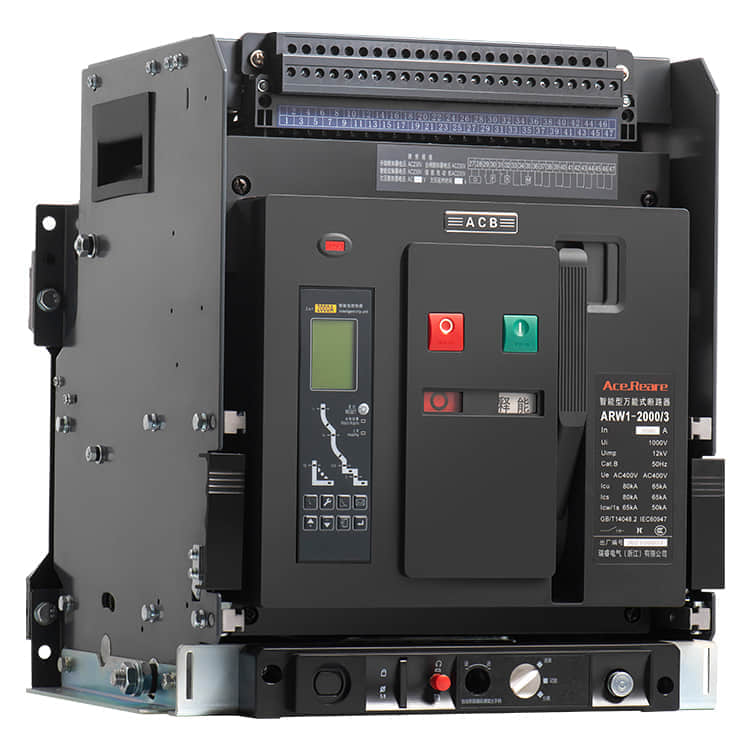In the realm of electrical engineering, the ACB breaker stands as a fundamental component ensuring the safe and efficient distribution of electrical power. As industries grow more dependent on electricity, the role of Air Circuit Breakers (ACBs) becomes increasingly vital in protecting both equipment and personnel from potential hazards. This article delves into the significance, functionality, and applications of ACB breakers.

Evolution of Electrical Protection

Over time, the need for a more reliable and adaptable electrical protection system became evident. Traditional fuses, while effective, had limitations in terms of resetability and sensitivity to fault currents. This paved the way for circuit breakers, and ACBs, in particular, emerged as a versatile solution. ACBs are automatic switches designed to interrupt or cut off power flow in the event of an overload, short circuit, or other electrical fault. Understanding ACB Breakers ACB breakers consist of several key components that collaboratively facilitate their operation. The core element is the trip unit, which monitors electrical parameters such as current, voltage, and frequency. When an anomaly is detected, the trip unit signals the breaker to open its contacts, thereby disconnecting the faulty circuit. This action prevents damage to equipment and minimizes risks associated with electrical incidents. One of the noteworthy features of ACBs is their adjustable tripping settings. Engineers can customize the settings to match specific applications, enabling a tailored response to various fault conditions. This adaptability enhances the overall reliability of the electrical system. Applications in Diverse Industries ACB breakers find application across a spectrum of industries due to their versatility and robustness. They serve as guardians of power distribution in manufacturing plants, ensuring uninterrupted operation of machinery. Commercial buildings rely on ACBs to safeguard critical equipment like data centers, where downtime can result in significant financial losses. Additionally, ACB breakers play a crucial role in infrastructure projects, protecting transformers and distribution panels in substations. Advantages and Innovations The advantages of ACB breakers are substantial. Their quick response to faults reduces the risk of fire or electrical accidents, promoting overall safety. Additionally, ACBs are designed for ease of maintenance, often featuring modular designs that simplify component replacement and servicing. As technology advances, ACB breakers have evolved to incorporate digital enhancements. Communication capabilities, such as remote monitoring and control, enable real-time analysis of electrical parameters. This proactive approach aids in identifying potential issues before they escalate into critical failures. Ensuring Proper Implementation While ACB breakers offer remarkable protection, their effectiveness relies on proper installation and maintenance. Engineers must adhere to manufacturer guidelines and industry standards to ensure optimal performance. Regular inspections, testing, and calibration of the trip units are essential to guarantee the breaker’s reliability. Conclusion In the intricate web of power distribution, ACB breakers stand as sentinel guardians. Their ability to swiftly detect and respond to electrical faults safeguards equipment, property, and lives. As technology advances, ACB breakers continue to evolve, incorporating intelligent features that enhance their functionality and reliability. It is evident that these vital components will remain integral to our electrified world, ensuring that power flows smoothly while mitigating potential risks.
